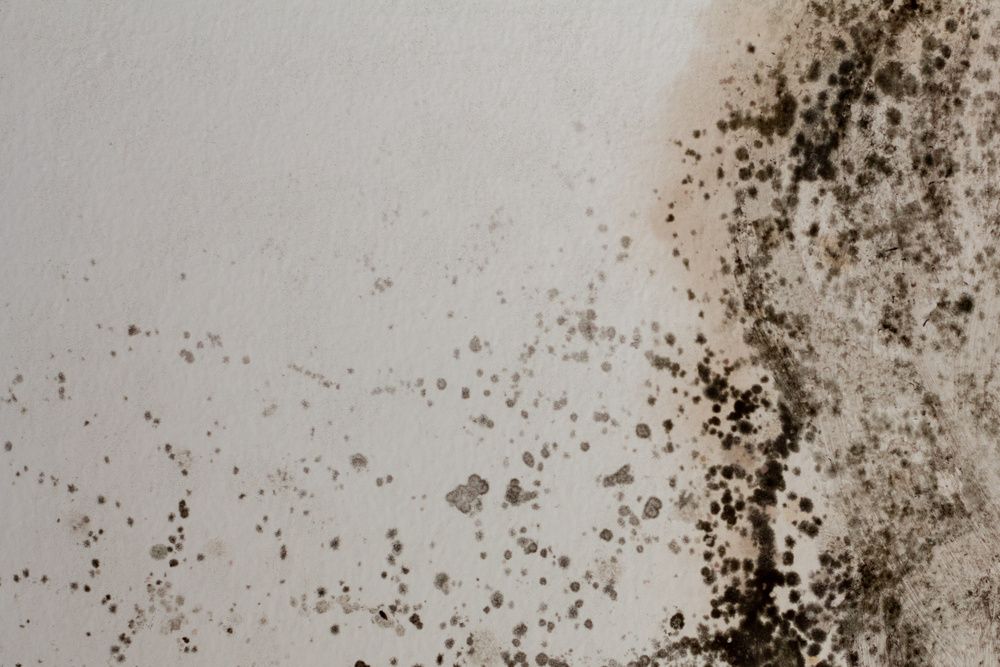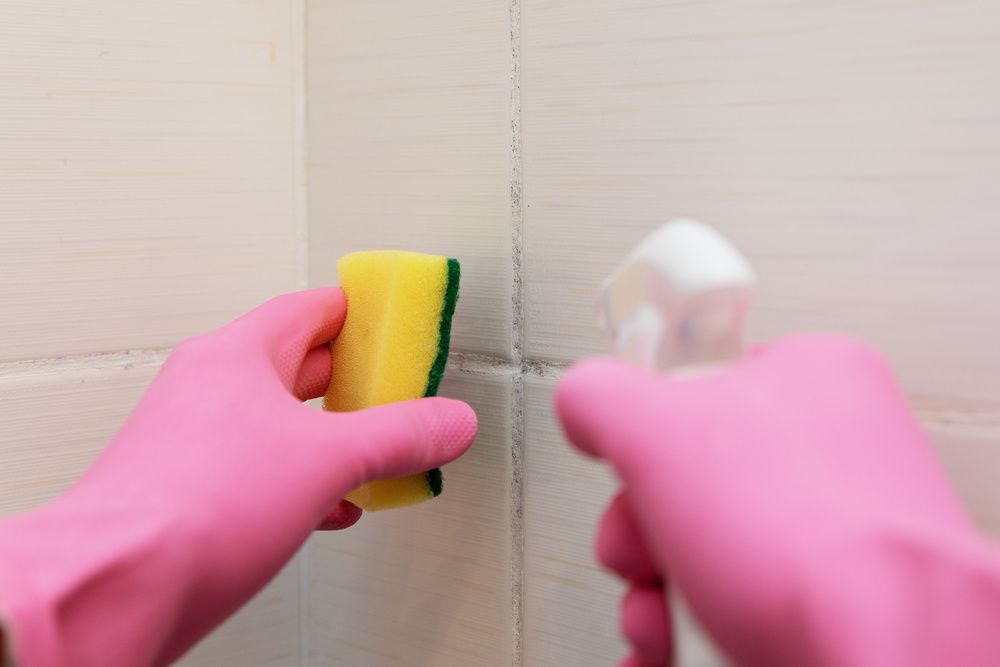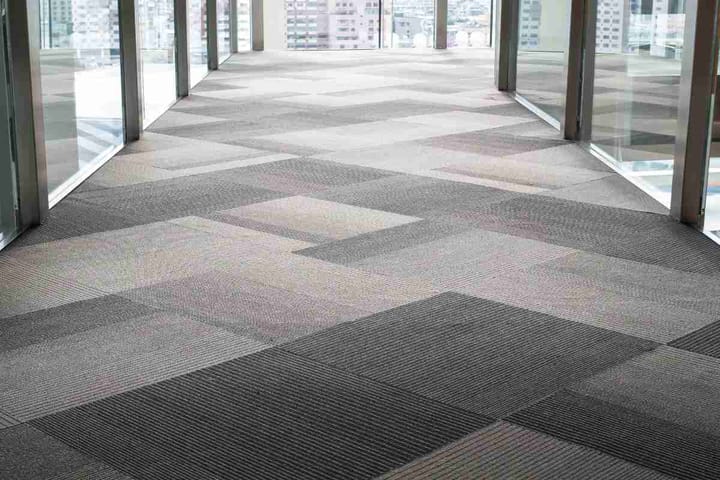9 Tips To Prevent Mold Growth
Worried that mould may take over your home soon? Here are some tips and tricks to prevent mould growth in different areas of the house.

Here's a shocking fact: Around 70% of homes worldwide have mold. Although mold can be found indoors and outdoors, it's very common to thrive in places where it's encouraged to grow. These places can be anywhere as long as there's a lot of moisture, such as leaking pipes, windows, or roofs. Indoor mold could grow when its tiny spores float through indoor air and land on wet surfaces.
More than being unsightly, mold can harm your health. According to the United States Environmental Protection Agency (EPA), mold releases irritants, allergens (compounds that can trigger allergic reactions), and occasionally even potentially toxic substances called mycotoxins.
Touching or inhaling mold can trigger any of the following allergic responses:
- Sneezing
- Skin rash (dermatitis)
- Red eyes
- Runny nose
A person who has asthma and is allergic to mold can trigger asthma episodes. Additionally, mold exposure can irritate a person's nose, skin, lungs, throat, and eyes, regardless of whether they are sensitive to mold or not.
How to prevent mold growth inside your home
Seeing as mold can cause potential health problems, you must educate yourself on how you can prevent it from thriving inside your home. Inspecting the house or building for visible mold is the first step in keeping mold at bay. You should also watch out for any evidence of water damage since mold thrives in moist, wet, and humid conditions.
The key is to learn more about mold and how to prevent mold from growing. Once you've identified which areas in the house are more prone to mold growth, it's time to take the next step and do what you can to stop it from taking over your home. Here are the most common areas in the house where mold tends to thrive and what you can do to prevent or get rid of it:
Moldmold in the bathroom
If there ever is an area in your home you can consider ground zero for potential mold growth, that would be the bathroom. This is because mold likes to build up in damp, dark areas. Bathrooms are typically wet or humid since water runs in there all the time, but reducing moisture and humidity levels can go a long way in keeping the room mold-free.

Here are some tips you can use to reduce moisture and help prevent bathroom mold from building up:
1. Ensure proper ventilation
Every day, warm, damp air forms inside your bathroom, which promotes mold growth and degrades the surfaces and fittings. There should be enough ventilation in the bathroom to ensure these things don't happen. One effective way to maintain ventilation is installing an exhaust fan that sucks the moisture out of the bathroom air and vents it outside.
Switch on the exhaust fan for up to an hour after taking a bath or showering to ensure it sends out the leftover moisture in the air. You can set the fan on a timer so you won't forget to turn it off. That way, you can go about your routine without going back to the bathroom to turn it off.
2. Stock up on mould-killing cleaning products
Another way you can prevent mold growth in the bathroom is by using bathroom cleaners that specifically target mold and mildew. You can check the supermarket for such products, or you can also choose to make your own cleaner. Turn to the ever-reliable ingredient you can find in your kitchen – white distilled vinegar.
Aside from inhibiting future mold growth, vinegar is also an efficient deodorizer that can help loosen lime rust mineral deposits that may be building up on your bathroom fixtures. However, remember that vinegar can only kill the mold and not remove the stains it leaves in your bathroom. Use a regular bathroom cleaner to take care of the stains instead.
3. Regrout at least every year
Maintaining your grout is another effective way that can help prevent bathroom mold from growing. Grout deterioration can result from direct water contact and tile dampness, leading to cracking tiles. Hence, you should pay attention to such openings that may present an opportunity for mold to seep into hairline cracks.
Regrouting at least once a year discourages mold growth and brings back your bathroom's former glory. To keep your tiles clean and stop staining and degradation, you must follow a regular wiping and spraying regimen after a bath or shower. Sure, it could seem a little tedious, but in the long term, it will save you a ton of effort and even money.
Mold in the kitchen
The kitchen is supposedly that space in your house where great moments and hearty meals are shared. That's why you shouldn't let it be a breeding ground for mold. Take note of the areas where mold could be lurking, and know the proper way to clean and maintain them.

A good example is your dishwasher, which is highly susceptible to mold growth because of the consistent spraying of water behind its door that's typically closed most of the time. To prevent this from happening, simply leave the appliance door open after each cycle just until the inside fully dries out.
Other tips for kitchen mold growth prevention include:
4. Clean the backsplash regularly
The kitchen's backsplash is like your bathroom tiles – mold and mildew may grow on the grout when left unattended after getting exposed to food particles and moisture when you're cooking. Thus, ensure the tile remains pristine by regularly cleaning the backsplash with an effective anti-mold cleaning solution.
Resealing the grout may also be necessary over time. Always include your kitchen tiles when doing your annual property maintenance and inspection to ensure that everything checks out and you're not encouraging mold growth.
5. Monitor humidity
It is practically impossible to eradicate indoor mold and mold spores completely, although reducing indoor moisture will slow indoor mold growth. If you're wondering how to reduce indoor moisture, monitoring humidity is the first step you can take. You can buy a moisture meter so you're always aware of your home's humidity levels.
According to the EPA, humidity levels should be from 30 to 50% to ensure there won't be condensation that can encourage mold growth. You can maintain these levels even when you're cooking by opening windows in the kitchen so the air will circulate and moisture will be reduced.
6. Fix leaky sinks
Every homeowner can relate that leaky sinks in the kitchen are an annoying circumstance. But more than being annoying, the leak can also be a potential nursery for mold, especially since the spot is often wet and dark. The best remedy would be to fix the leak by looking into any plumbing issues your sink may have.
After fixing the leaks, check if there's already mold building up under the sink. If there is, remove the buildup by using warm water and soap. After washing the wood, use water and chlorine bleach to disinfect it. When you're done disinfecting, dry out the spot by leaving the cabinet door open.
Moldmold in the basement
Basements and crawl spaces are notorious for being damp, dark, and musty, so don't be surprised if you find mold in these areas of your home. Dampness may indicate your basement needs better insulation or even repairs, so it's best to consult a basement contractor to know what to do.
Here are some steps you can take to prevent mold growth in the basement:
7. Maintain roof gutters
Cleaning your roof gutters regularly can prevent mold from thriving in your basement and crawl space. If you don't know how to detect roof and gutter damage or leaks, you can have it inspected by a roofing professional. Prevention never hurts, and there's no better way than to seek advice from skilled contractors.
Also, be mindful of water stains after heavy rains or storms, as that could indicate your roof's leaking and may need repair or replacement. Clean the roof and gutters at least every season, which should also be the best time to do your roof inspection.
8. Skip the carpet
The basement is already soaked in enough moisture, so you might consider skipping the carpets and upholstery when converting it into a living space. Since mold feeds on dead plants and animal debris, furnishings like curtains and rugs can be a potential breeding ground for these fungi.
If you plan on making a storage room out of your basement, be mindful of what you stock up there. Always check boxes, books, cabinets, and other items that may already harbor mold without you knowing.
9. Waterproof the basement
Did you know that according to the Federal Emergency Management Agency (FEMA), 60% of homes with basements are dealing with moisture problems? If you don't want to belong in these statistics, waterproofing your basement is the best thing you can do. One simple trick you can try is to install a residential humidifier unit that helps prevent moisture from lingering in the air.
Examining your gutters and downspouts for leaks while you waterproof your basement is crucial since these can cause precipitation to run directly toward your foundation. Investing in a sump pump is another wise strategy to move water away from the structure to prevent basement flooding if your property's water table is close to or at the same level as your basement.
Final words
Mold growth is a nightmare you wouldn't want to happen in your home. That's why it pays to know what you can do to prevent it from thriving. Prevention is always the best action to take, especially when you know your family's health and safety are at stake.


Comments ()